
While most visitors to Istanbul begin their exploration in Sultanahmet (the old city), my introduction to this historic city came across the Golden Horn in the Galata district.
I made my way from Sultanahmet to Galata by foot, following the tram tracks to the Galata Bridge and then stopping for a late lunch at the Desideraat Café. After enjoying a leisurely meal of chicken kebabs, salad and one of the best glasses of tea I have ever had, I met up with my Context tour group to begin our Galata Nights tour.
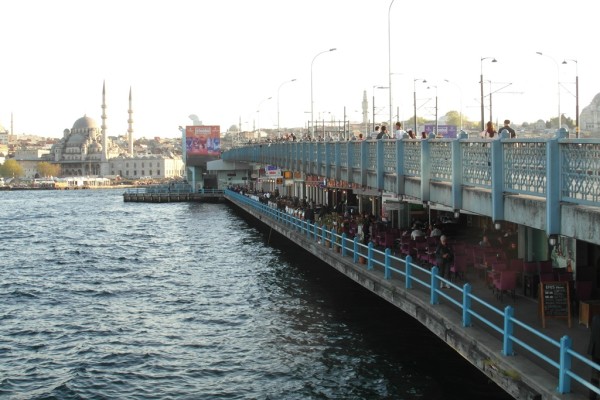
Our group was refreshingly small – just four of us – and our guide, Suzan Kalayci, boasted an impressive resume with a background in Ottoman and modern Turkish scholarship. Suzan led us from our meeting spot near the Galata Bridge along the port and to a well-known baklava spot, Karaköy Güllüoğlu. Being gluten-intolerant, I wasn’t initially thrilled with a stop for baklava, but not only did Suzan inform me they had gluten-free baklava, she ordered gluten-free for everyone. We were definitely off to a good start!

From there, Suzan led us through neighborhoods like Karakoy, Beyoglu and Galata, which seemed to consist of several mini-hoods that flowed seamlessly into the other, but each with a distinct flavor as well. We walked down streets that certainly wouldn’t have been part of any tour a decade ago but are now lined with cafes, a sign of the gentrification of the area. And we strolled through a small neighborhood that is one of the most conservative in Istanbul, with alcohol forbidden within its boundaries. Suzan shared a story of a friend who moved there and held a housewarming party a few weeks later – with alcohol. As his guests were openly drinking on his balcony, a neighbor came by and nicely informed him of the prohibition.
The tour had its share of religious stops, passing a Turkish Orthodox church, an Armenian church and a former Russian Orthodox church that today looks like any other apartment building. We visited the Kilic Ali Pasa mosque, which dates back to the 1580s and is basically a smaller version of the Aya Sophia. I was glad to have Suzan there to explain exactly how it worked – where to take off our shoes, where to put them, the fact that we needed to not only cover our heads but also don robes as we were wearing “tight” pants.
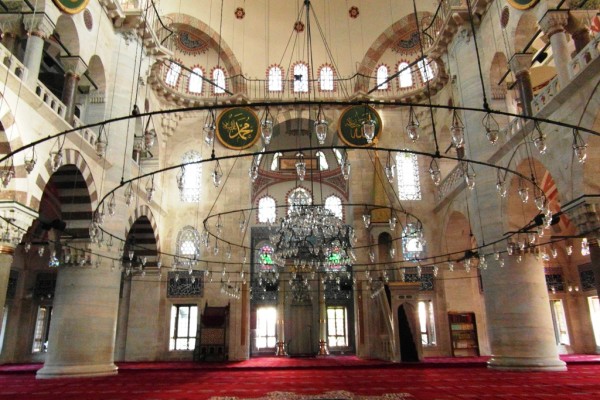
And then we visited the Yeralti mosque – the only underground mosque in Istanbul, which is located in the center of a commercial district, closes after working hours and sometimes doubles as a place for business transactions in addition to worship.
Gradually, we worked our way up toward the Galata Tower looming above us. On the way, we stopped at the Kursunlu Han, a two-story building from the 16th century which featured a central courtyard surrounded by open commercial retail or storage spaces. Here, Suzan pointed out a virtual hole-in-the-wall that she claimed was a great spot to grab breakfast (unfortunately I never figured out my way back to check it out!).
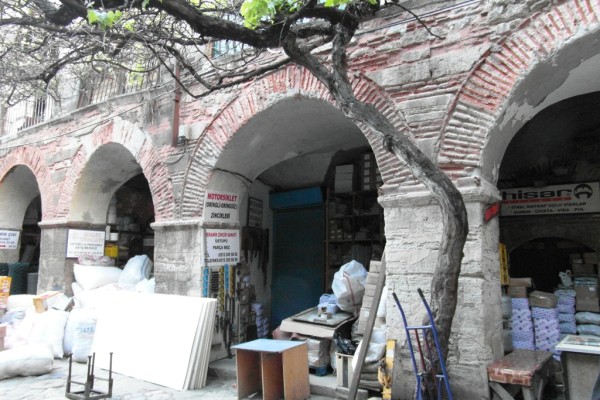
As we headed uphill, we passed the oldest house in Galata, built by the Genoese in 1314, climbed the curiously built Kamondo Steps and stopped for a look at the old British Jail (now a restaurant).
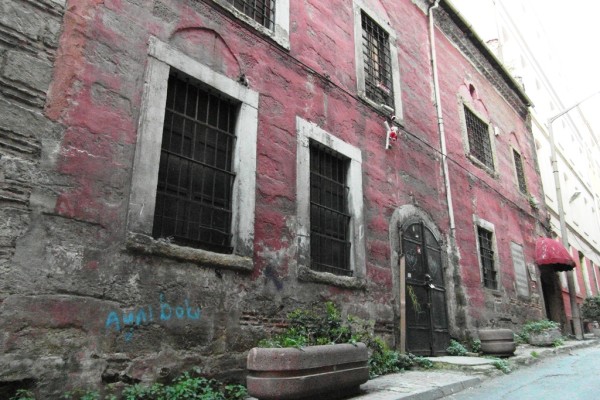
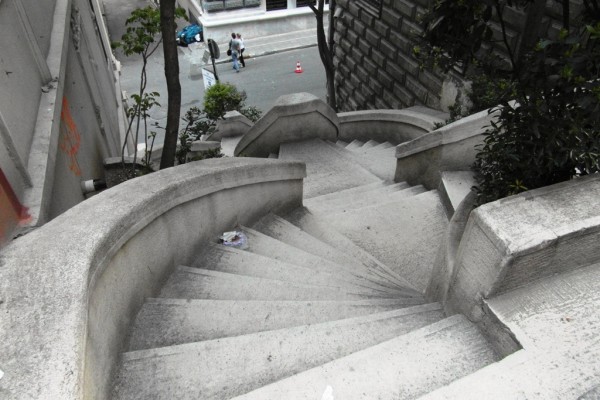
Over three hours after we left the Galata Bridge, we reached the base of bustling Istiklal Street, our tour coming to an end much too soon, but leaving me with a much better feel for Istanbul and its fascinating history.
Thank you to Context for hosting me on this tour. All opinions expressed above are mine and mine alone.
